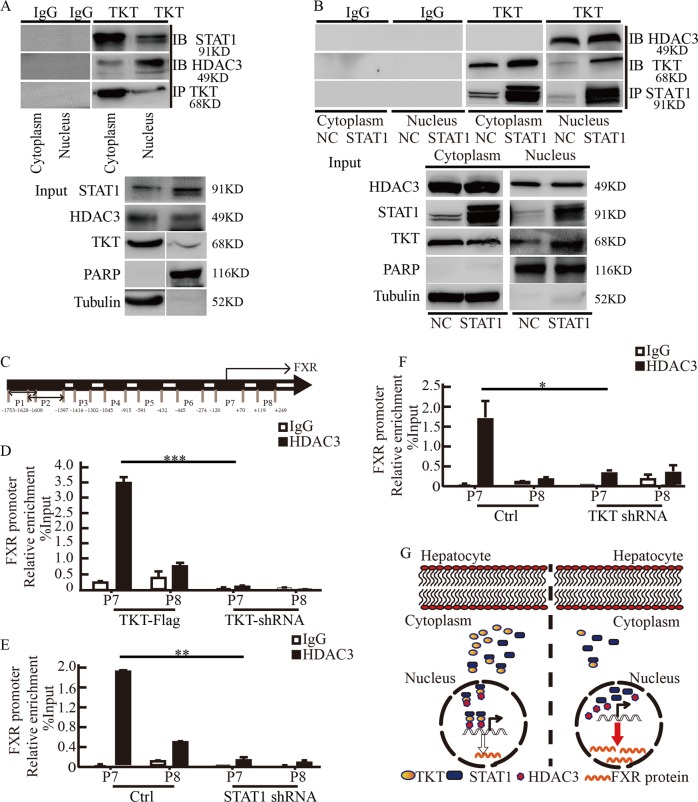Fig. 6. TKT-STAT1 complex promotes the binding of HDAC3 to FXR promoter and inhibits FXR promoter activity.
a Endogenous TKT coimmunoprecipitates with HDAC3 and STAT1 from the cytoplasm and nucleus of SMMC-7721 cells. b Endogenous TKT coimmunoprecipitates with HDAC3 and STAT1 from the nucleus and cytoplasm of SMMC-7721 cells ectopically expressing STAT1. c We designed potential binding regions in the promoter of FXR, denoted as P1, P2, P3, P4, P5, P6, P7, and P8. d ChIP analysis of SMMC-7721 cells using an anti-HDAC3 antibody or nonspecific IgG shows that the binding capacity of HDAC3 for FXR promoter was decreased when TKT was knocked down in SMMC-7721 cells. e ChIP analysis of SMMC-7721 cells using an anti-HDAC3 antibody or nonspecific IgG shows that the binding capacity of HDAC3 for FXR promoter was decreased when STAT1 was knockdown in SMMC-7721 cells. f ChIP analysis of SMMC-7721 cells using an anti-HDAC3 antibody or nonspecific IgG shows that the binding capacity of HDAC3 for FXR promoter was decreased when TKT was knockdown in SMMC-7721 cells. Data are presented as mean ± squared error (SEM), the bar indicates the mean. Statistical significance was calculated using two-tailed unpaired t-test, *p < 0.05, **p < 0.01, ***p < 0.001. g Schematic model of the role of TKT in regulating FXR expression.

